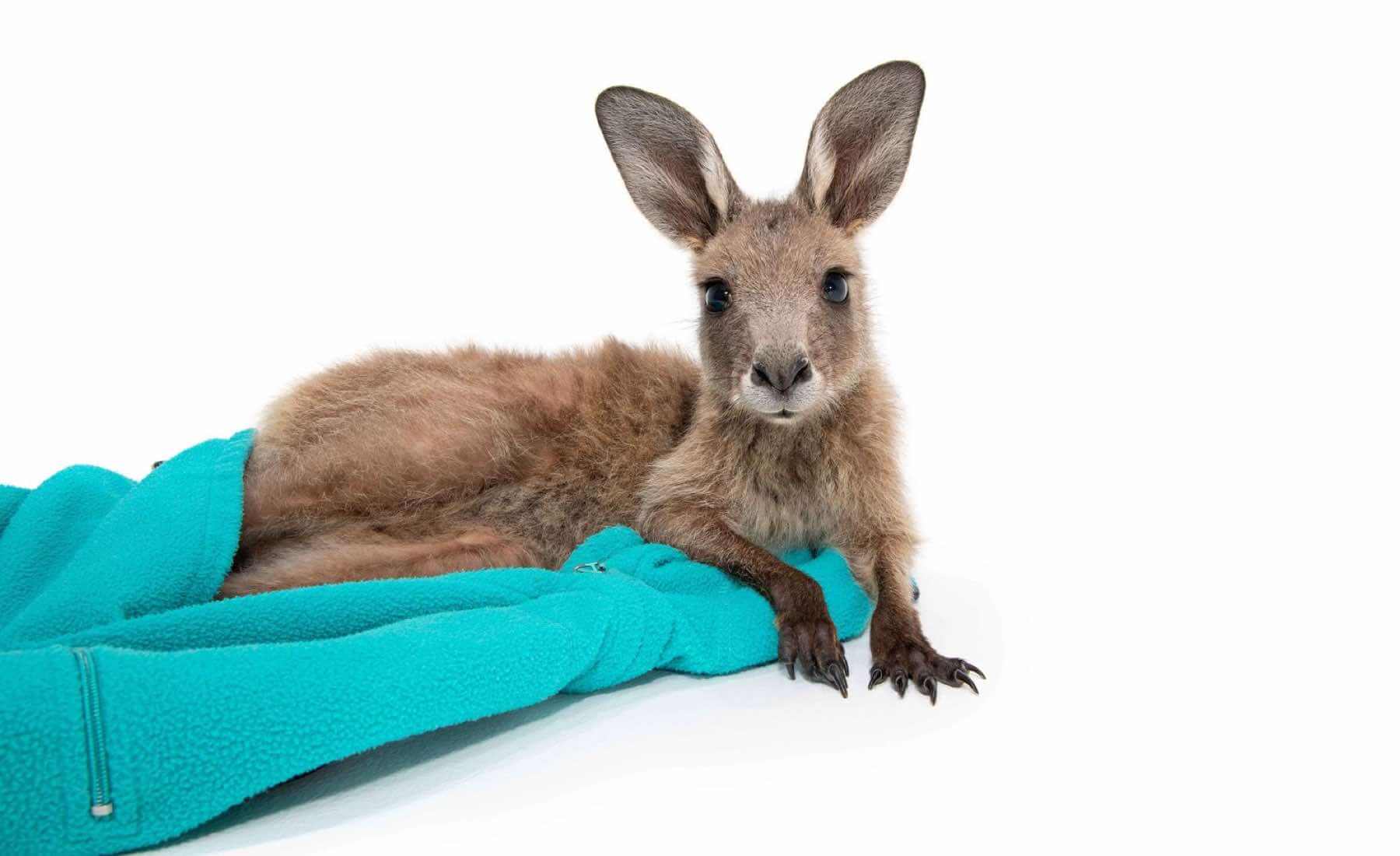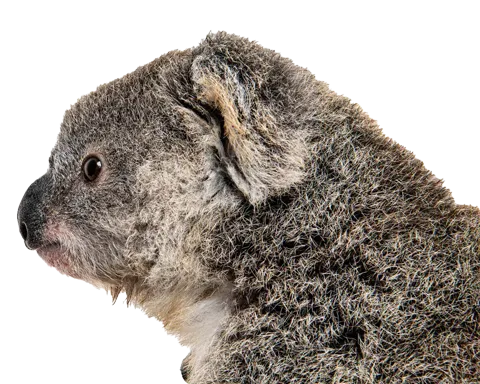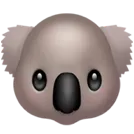
Kangaroos and wallabies are large and powerful marsupials that can reach speeds of up to 60 kilometres an hour and can bound more than 8 metres in one hop! Due to their size and speed, they need to be treated with caution. Their tails and hind legs can cause serious harm if they get scared and try and defend themselves. Kangaroos and wallabies can be found throughout all of Australia and travel long distances, this unfortunately means they are often the victims of motor vehicle accidents, entanglements in fences, and dog attacks. Due to their size, and the danger they can pose, your local wildlife organisation needs to be called immediately.
• Ensure your own safety whenever stopping on a road. If the animal is injured on the road, make every effort to keep it and potential joeys safe. Try to set up warning barriers so following cars can’t do further damage. Park your car back from the site and put on your hazard lights so at least cars might slow down on approach. You may even need to phone the local police station for help. Remove dead animals if possible.
• Injured kangaroos can be quite aggressive, so always approach from behind so they can’t kick you. Stress is a major factor in the death of kangaroos and wallabies, so do not attempt to provide water or food and make sure not to overcrowd the injured animal.
• Check for life. If the animal is dead, check for a pouch - it’s where the belly button would be in a human. There may be a live joey in there. See the next section for first aid for kangaroo and wallaby joeys.
• Once you have called the relevant animal rescue group, and if you cannot stay until they get there, make sure you mark the location. Take note of the GPS location, any cross roads and landmarks, and if you have any cones in your vehicle, leave one by the animal.
Kangaroo and wallaby joeys come into care after the mother has been injured or killed and are sometimes found alone.
• A mother may have been killed on the road, but her joeys may have survived and not even be injured.
• If the joey is furless, do not forcibly remove it from its mother’s teat, as this could cause further injury and even death. Only if the mother is dead, and you feel comfortable to do so, use a pair of scissors to cut the teat as close as possible to the mother’s pouch. If possible, attach a safety pin or clip to the cut end of the teat to stop the joey swallowing it. If you are not comfortable cutting the teat, or if the mother is still alive, contact a local vet or wildlife group as soon as possible for further instructions.
• Wrap the joey in something warm and put it close to a heat source – like your own body, or a wrapped bottle of warm water. Furless joeys cannot maintain their own warmth and may be cold already. Monitor temperature and be careful not to cause over-heating or scalding. Always attempt to keep their eyes covered.
• Do not attempt to give the joey any food or water. Take the joey to the nearest vet or wildlife group carer.
• Try to avoid transporting the joey long distances from where it was found, as it must eventually be released back to its original location.


